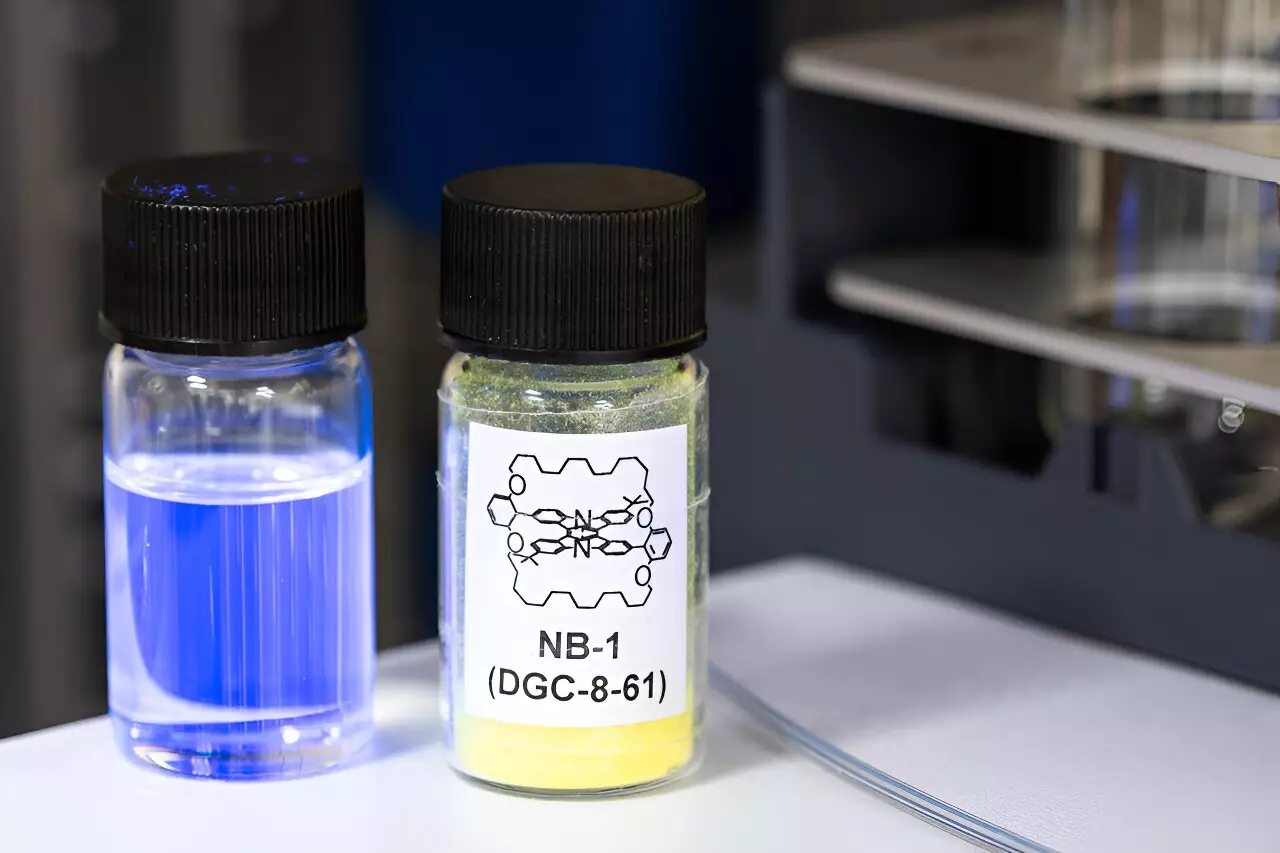In a groundbreaking discovery, researchers have unveiled a new method to streamline the structure of high-efficiency blue organic light-emitting diodes (OLEDs). This advancement holds the promise of revolutionizing the quality and longevity of television screens, paving the way for superior viewing experiences. OLEDs have already made their mark in the realm of smartphones and displays, boasting enhanced efficiency over conventional technologies. While OLED screens offer unparalleled picture quality, they are plagued by issues such as exorbitant costs and limited lifespans.
OLED displays consist of three distinct colored subpixels – red, green, and blue – that illuminate at varying intensities to produce a myriad of colors. However, the subpixels responsible for emitting blue light pose the greatest challenge due to their inherent instability. These blue light-emitting subpixels are susceptible to screen “burn-in,” a phenomenon that can discolor the screen and compromise visual clarity. Recognizing this critical flaw, a collaborative team of researchers from prestigious institutions including Northumbria, Cambridge, Imperial, and Loughborough universities set out to devise a solution.
In a seminal paper published in Nature Materials, the research team detailed a novel design that addresses the shortcomings of current OLED structures while ushering in an era of simplicity, cost-effectiveness, and enhanced blue light stability. By enhancing the emissive layer with specialized shields, the researchers were able to mitigate destructive energy pathways and regulate molecular interactions. This innovative approach not only amplifies OLED efficiency but also extends the lifespan of these displays.
Dr. Marc Etherington, a distinguished Assistant Professor in Molecular Photophysics at Northumbria University, spearheaded a comprehensive analysis of triplet energies within organic semiconductors. Through meticulous spectroscopic examinations, Dr. Etherington elucidated the intricate energy transfer processes at play, offering invaluable insights into molecular behavior. This newfound understanding of optimal OLED performance will undoubtedly shape the development of future materials, driving towards heightened device functionality.
With energy consumption and environmental sustainability at the forefront of modern concerns, the implications of this research are far-reaching. By introducing a pioneering molecule that streamlines the emissive layer of blue pixels, the research team has laid the groundwork for more efficient OLEDs. As Dr. Daniel Congrave, a co-corresponding author from the University of Cambridge, aptly stated, this breakthrough could significantly reduce energy consumption in the information era. Moreover, the enhanced efficiency and longevity of OLED screens hold the potential to lower costs for manufacturers and consumers alike.
The recent advancements in OLED technology represent a pivotal moment in the evolution of display devices. By tackling the longstanding challenges associated with blue light stability, researchers have unlocked the door to a future of energy-efficient, sustainable, and cost-effective OLED screens. As we navigate towards a greener, more technology-driven world, innovations like these will play a crucial role in shaping the landscape of visual technology for years to come.



Leave a Reply